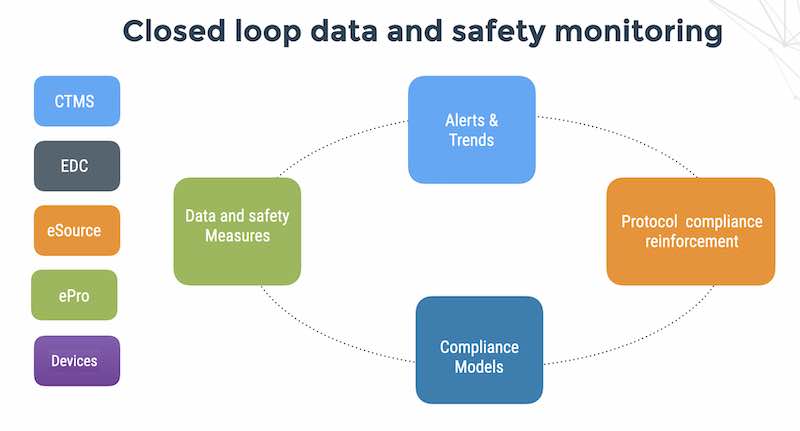Companies spend millions on compliance, but proprietary assets are still getting ripped off by insiders and hackers who compromise buggy, poor-designed applications. Here are 7 software development mistakes you don’t want to make in 2011.
7. Don’t KISS
If my experience is any indication – the software industry as a whole is wasting hundreds of millions of dollars a year by not Keeping It Simple. For example, complex technologies like Java J2EE are not warranted for the majority of Web applications. In my experience PHP is simpler to program and maintain, and scales well at a reasonable price – witness the millions of Yahoo pages are served by PHP each day. Lack of KISS is the main reason for high-costs, late schedules, failed projects and unsecure software that no one can maintain. When a programmer uses a component and doesn’t know it works (see EJBQL and CMP 2.0) and has to shlep around a lot of piping (look at an Eclipse project for a 3 tier J2EE project) then the energies go into implementation instead of thinking about code threats. It’s sort of like Microsoft Powerpoint, where you spend 80% of your time in the application’s GUI instead thinking about and then just stating your message.
Seems to me that the industry is trading off simpler, reliable and secure programming for fashion and features (J2EE,XP…)
6. Mismanage software development
The classic The Mythical Man-Month, written 20 years ago said that projects based on per-unit man-months usually dont work due to the unique nature of software development. The difference in productivity between the best programmer and an average guy is 100x. This means that 5 nwe college grads are inferior to solid programmer who knows what she’s doing. You are always better off with a few talented programmers than a large cast of average developers, a) because of individual productivity differentials and b) because smaller groups are always more effective.
This general observation is relevant to our case since the average developer construes O/S security with applying patches and application security with having an application firewall. Truth be told, it only takes one page of best practices for a Web application programmer not to allow SQL injection, long URLs, arbitrarily long input strings or directory traversal.
5. Take a wrong turn with outsourcing
Don’t outsource something just because it’s too hard to understand or you’re in a rush to market. A server clustering system offered by a major vendor was ported a while back to Linux by a team in India. The Indian market was booming and job loyalty was low, like Israel and Silicon Valley in the 90’s. In addition, due to transportation and cultural issues the work day was a fixed 8 hours not a “finish before you go home/never break the build” philosophy. The software was ported and is being delivered to customers with cryptic documentation, patch on patch on patch, multiple options to perform the same function (only one of which may be right, so the customer has to guess because documentation is unclear) and brittle functionality – a small change in configuration files can break the cluster.
Brittleness and poor documentation force the user to rely on strict manual operational procedures which depend on people which creates operational vulnerability.
4. Promote or hire the wrong people
I could write a book about this one. One common case is the excellent technologist who is promoted (desiring the job) into a managerial spot. He doesn’t have the people skills, won’t admit failure and can’t visualize going back to his old programmer slot. Another common case is hiring an ex-military guy to run a young engineering team. Six months later after the team has quit, your CEO will realize that you can’t hand orders to programmers like soldiers and you can’t flirt with the lady engineers and ask them to fetch the boss coffee.
The people who manage the teams have to have the art of software building and people building.
3. Decide based on religious beliefs
I know a company that decided on Open Source and Linux, going with a leading commercial distribution and a large systems integrator believing that the combination of Open Source and big-name vendors would guarantee success. The integrator’s skill set was primarily Windows, the distro vendor could care less about the fundamental flaws in the client’s design,and the company didnt have enough inhouse know-how of tool chain and Linux and couldn’t properly audit the progress and assess the problems of his contractor. Fortunately the project failed. I hate to think what would have happened if they would have succeeded in shipping the product – a SOHO security appliance with a Web interface for remote configuration.
The project spec must fit the system requirements; dont convert the system requirements to your religious beliefs.
2. Ignore internal system threats
Sales people know that sometimes their biggest competitors in closing a deal with a customer are people inside the company. For developers, this means that the programmer and her boss need to do a threat analysis from day 1 on the system taking into account backdoors, possible misuse, hard-coded parameters that can be forgotten or hacked later on and so forth. Temporary ftp servers for file transfer turn into permanent arrangements and vulnerability.
The team has to think about who will install, integrate and maintain the system even before considering operational issues.
1. Permit weak passwords
Threats such as worms get top PR but dont miss a basic IT mistake: weak authentication or bad passwords. Common password vulnerabilities include weak passwords (birthdays),publicly displayed passwords on Post-its, and Intranet and administrator passwords that the whole company knows. At my last company, people thought I had a great memory while in truth, just by working with the person; I could quickly and correctly guess the password to their workstation or servers. Later, after the team delivers the software, an external system integrator is often involved for installation at customer sites.
It is the responsibility of the developers to ensure that the system integrator will NOT be able to install the file transfer process between the AS400 and the billing system with anonymous ftp. I’m a fan of passphrases, I think they’re easier to remember and harder to crack but at the end of the day, passwords or passphrases need to be treated like cash. If you must, write them down on a piece of paper and save it your wallet. Dont store them on your Palm or save a file called system_passwords.xls in the MyDocuments folder of a PC in the computer room.
What should you do?
The software development environment of 20 years ago is radically different today. Development tools are free, hardware is almost free (think about those $100k Sun Enterprise 450 boxes and $500 Sun Ethernet NICS) and programming talent is a global resource. Its so easy to do things today but thats precisely the problem.
A development team can do but there is no replacement for a program/team manager that manages and directs the team away from the mistakes consistently.





